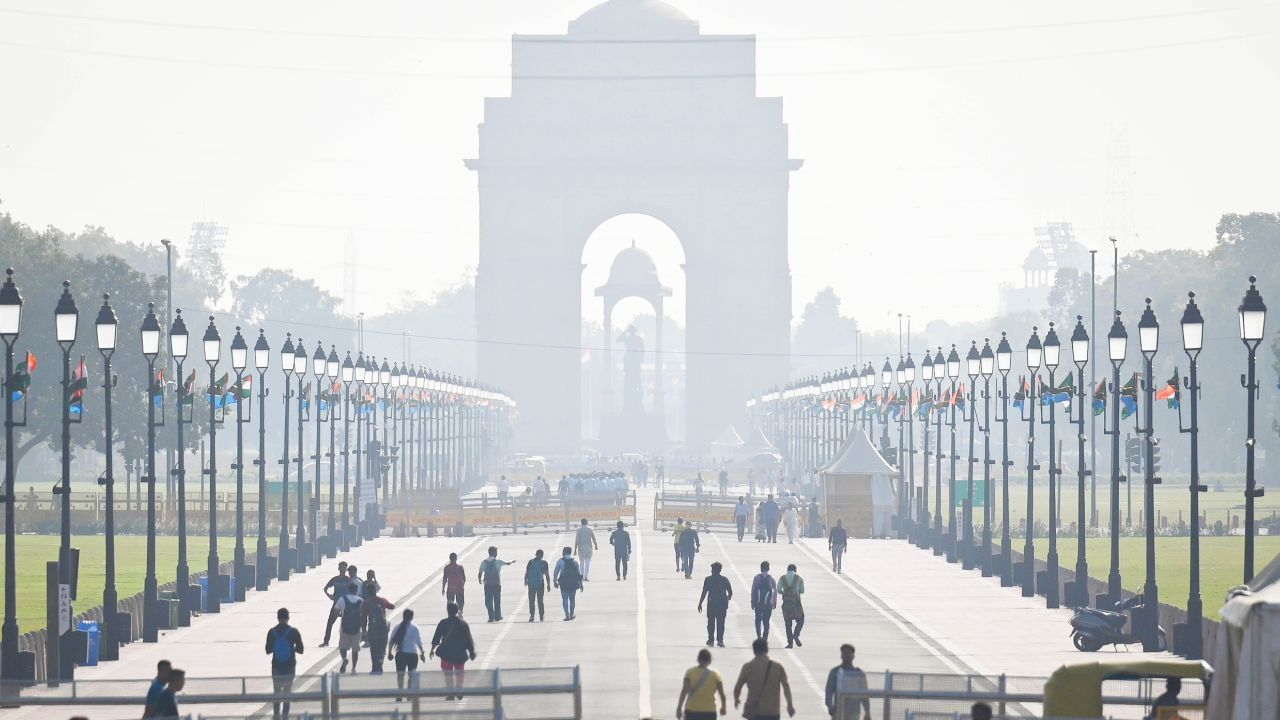New Delhi: National capital continues to struggle with the worsening air quality, as the city’s overall Air Quality Index (AQI) hit 384 at 8:00 am on Friday, placing it in the ‘very poor’ category, according to the Central Pollution Control Board (CPCB). Several areas in the city have reported AQI levels above 400, entering the ‘severe’ range.
Mundka recorded the highest pollution at 436, followed by Rohini at 432. Other areas in the severe range included Anand Vihar (408), Jahangirpuri (420), Punjabi Bagh (417), RK Puram (418), Wazirpur (416), and Narela (407). Chandni Chowk, Jawaharlal Nehru Stadium, and Burari Crossing also saw AQI levels above 400. Overall, 19 out of 39 monitoring stations in Delhi reported severe pollution levels.
The situation in neighbouring cities remains similar. Noida’s AQI reached 404, while Greater Noida and Ghaziabad reported very poor air quality at 377 and 350 respectively.
Schools have reopened
This spike comes after another day of thick smog on Thursday, when the city’s 24-hour average AQI was 377, up from 327 on Wednesday and 352 on Tuesday. Cold wave conditions in Delhi-NCR are adding to the problem, with low temperatures, fog, and heavy pollution making it harder for residents to breathe. Temperatures in the region have dropped to 8–12°C.
Vehicular emissions remain the main contributor to Delhi’s pollution, accounting for 19.5% of the AQI, followed by Ghaziabad (8.2%) and Baghpat (7.3%). Stubble burning contributed 0.7%, according to the Indian Institute of Tropical Meteorology’s Decision Support System.
Meanwhile, schools in Delhi have resumed physical classes after the Commission for Air Quality Management lifted the GRAP Stage-3 restrictions. Hybrid learning guidelines issued earlier this month have been withdrawn as a short-term improvement in air quality was observed.
Experts say the city is likely to remain in the ‘very poor’ category over the next few days, urging people to take precautions and limit outdoor activities.
